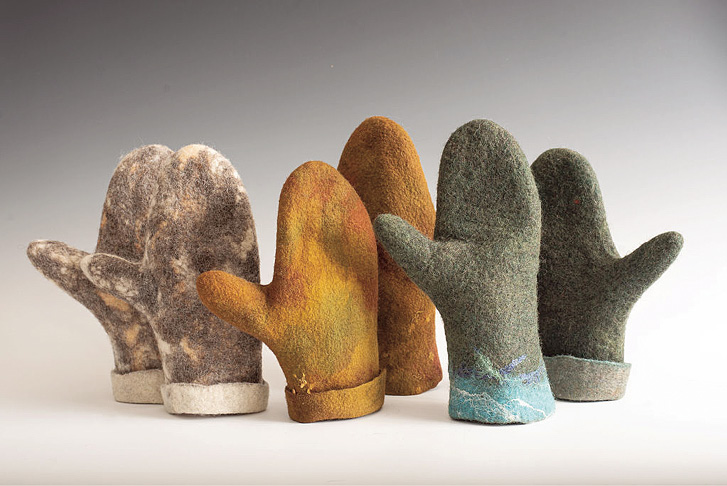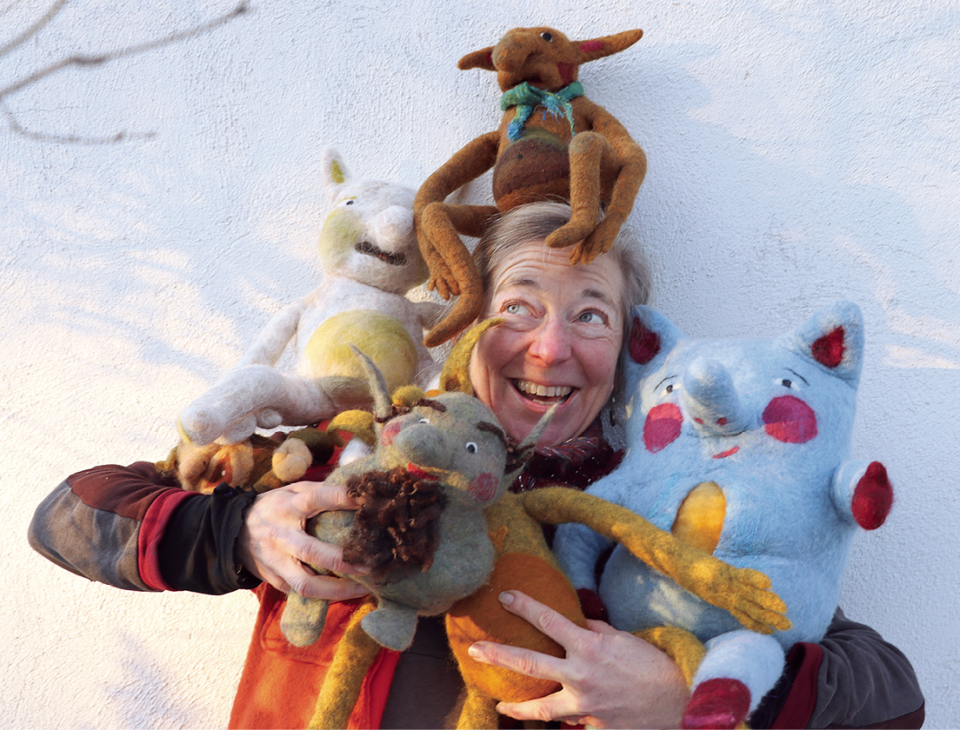I inherited the family loom and a pair of hand carders from the Carlson family, who immigrated to Northern Minnesota from Sweden in the 1890s. These tools are the only evidence that they worked with wool, but if they were like most other people in the world in the late 1800s, much of what they wore was handmade and made from local fibers. Their wardrobe was probably not much more than what they could carry. A change of clothes, their work clothes and their Sunday best.
I like to imagine what my wardrobe would look like if I had to make it myself and the materials came from the North Shore of Lake Superior. It would be pretty simple and limited. Deerskin and furs to keep warm in the winter and less deerskin and fur for the warmer months. In Northern Minnesota, Native Americans used the materials that were available; animal skins. In much of Europe and Eurasia, it was sheep fiber, sheared each year for the needs of the family.
I speak in the past tense because most of us can barely guess what our clothing is made of, who made it or where it comes from. So much has changed in less than 150 years. I read a statistic that only 3 percent of our clothing is made in the U.S. and the majority of fiber grown in the U.S. is shipped abroad to be processed and fabricated and sold back to us, while 60 percent of all material used is no longer from a natural source, but is synthetic, petroleum-based material. Sadly, these modern fibers are showing up in our water and atmosphere in tiny particles invisible to us, likely with a long-term ill effect on the planet.
With an interest in traditional crafts and concern for the environment, I return to my Scandinavian roots. Wool is my chosen medium, particularly the ancient art of felting. Unlike the two-step process of spinning wool into yarn and then using it for knitting or weaving, felting encourages wool fiber to bond through a slow process of agitation, creating a unique, durable and warm material. Traditionally, Scandinavians felted hats, mittens and slippers. In other parts of the world felting was used for making rugs, yurts, boots, blankets and clothing.
I’m guessing my Swedish ancestors didn’t know how to felt, because this was not a skill that most people learned, like knitting or weaving. Felting was reserved for a few skilled people who traveled from farm to farm to make felted woolen things for the family. I’m guessing this was because felting was a rigorous, even physical process that required a certain amount of skill. In many places felting nearly disappeared as a craft, until a resurgence in the 1970s, thanks to a number of fine artists who reminded the world of how adaptable and wonderful wool is.

As an artist, wool is my medium for painting and sculpting. As a craftsperson, wool is a sustainable, durable and warm material that can be used to make an endless list of practical and beautiful things: clothing, hats, mittens, boots, rugs, scarves. I don’t intend to be a billboard for the wool industry, but it’s easy to be a cheerleader for using wool in our northern climate. Unlike many modern synthetic fabrics, wool is still the preferred fiber that will keep us warm in the winter, it is natural, compostable, renewable and more sustainable than other fibers.
Wool has a unique capacity to keep us warm even when it is wet. Even better, wool is odor resistant, breathable, quick drying, anti-microbial, water resistant and naturally cozy. I can hear you chiding, “it’s so itchy!” This is true for some sheep breeds, but many breeds are not and often people are actually allergic to the chemicals being used to wash and dye wools.
I believe there is nothing warmer than wool on our feet, but cotton is the most common sock material. Wishing everyone had a pair of wool socks, I am adopting peoples used and washed wool socks with small holes in them to be repaired and adopted by others. If you are interested in sharing your wool socks, please mail them to me, 26 Pincushion Drive, Grand Marais MN 55604 or drop them off at Betsy Bowen’s studio in Grand Marais in the blue sox box by the double doors. Somebody’s warm toes will thank you!
If I had to leave home with a few belongings, I would carry many of the same things my great grandparents carried. A change of clothing, mostly wool, photos, a few tools. Ideally, I would have a couple of sheep tethered to me so that wherever I went, I would have the wool I needed to keep making. What would be so different from my great grandparents, is what I would leave behind.
Visit worksinwool.com to see some of my warm, wooly, whimsical creations.
Elise Kyllo lives in Grand Marais and is a felting instructor and a Resident Artisan in the Artist Development Program at North House Folk School, where traditional craft is taught on the shore of Lake Superior.






